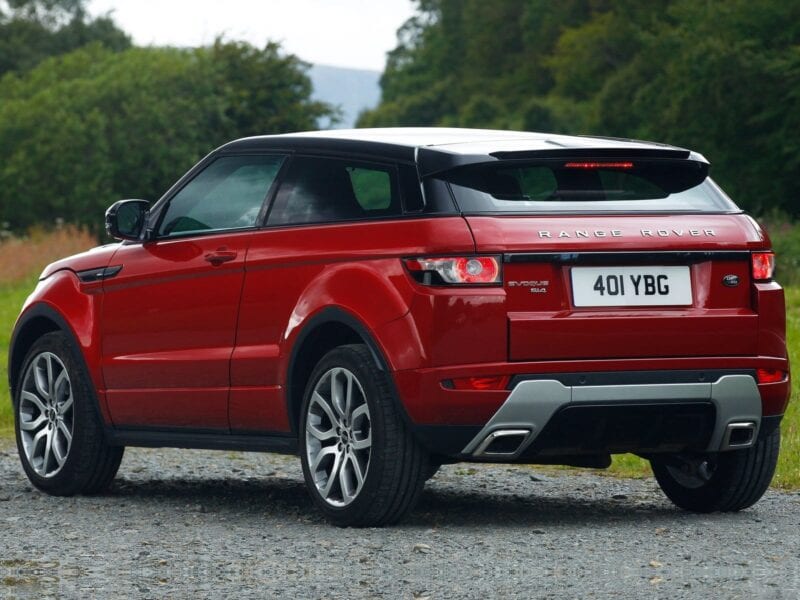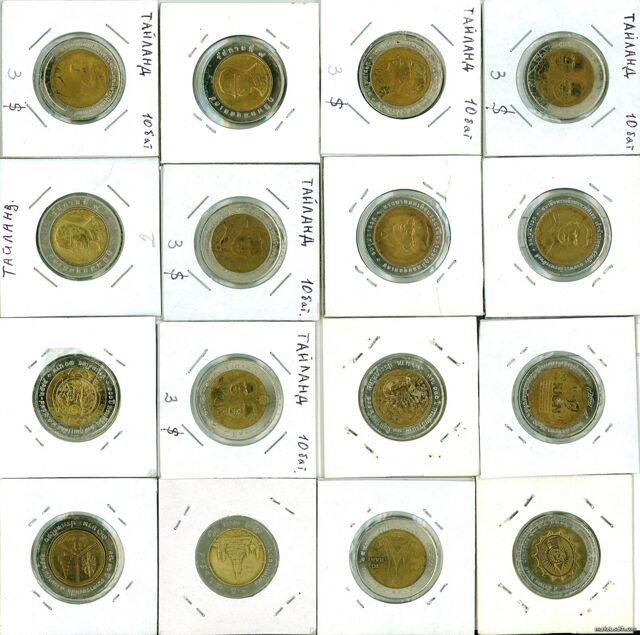
Aprilia RSV by R
Auto Triglav, a spokesman for Aprilia, even rented a luxury bus to drive the invited guests on the tarmac of the Rijeka racetrack. The local director Eshkinya took the microphone in his hands and translated the visible turns of the asphalt into more everyday dimensions, for example: “Here motorcyclists pass from the pit at a speed of at least 180 km per hour. ... "
The sports day begins. The R next to Millet's name, which refers to Ducati, Honda and others, belongs to the hypersport family. Agree, the car in racing colors is just beautiful! Notice the Öhlins suspension, USD front fork with nitrided gold feet for easier gliding, rear shock absorber at the rear, shock absorber attached to the handlebars? Everything is regulated, everything works fine, everything is beautiful.
Believe it or not, one Öhlins suspension costs a good 800.000 tolar! So you get the (re) balance of this car for less than half the price. Don't lose sight of the Italian creation: an abundance of carbon fiber, OZ die-cast wheels in racing-soft shapes and sizes, Brembo gold brakes and steel-threaded hydraulic hoses. ... the frame is also dazzlingly polished, the rear forks are asymmetrical, which suggests that Aprilia is even more adept in the artisan workshop.
So, what would I list when the main feature of this bike is quality components. This is where it differs from the base model RSV Mille. And at the same time, the R is not so damn expensive, as the largely hand-built Mille SP is prized for its racing homologation of superbikes. It belongs to an unattainable world that we ordinary motorcyclists don't know how to use.
The Mille R is a motorcycle that is more suitable for visiting the race track than local buffets. Well, I'm not saying that it's not good even on the streets and between houses, so famous is the legendary Isle of Man, but there are already more than two hundred dead heroes! It should be noted that on a busy road, such a set of Race moves does not show what it is capable of. It reminds me of unfinished sex.
The first sensation in the Aprilia Mille R seat is a bit uneven. So I hunt in space for the first few laps, even on a twin-cylinder Rotax that is 60 degrees open, I hesitate to open the throttle well: it pulls hard at all low rpms, but I don’t know when tilt force can pull the tire off asphalt.
At the end of the plane, where I brake roughly for the first time about 150 meters before the turn, the front crouches hard, the rear goes up, and when I hit a hole in the asphalt my bike bounces ugly because it's too soft. I see the dubious face of our photographer, who thinks of his own as I chase the balance at around 200 mph. I go to the boxes.
The mechanic team leader Aprilia listens to the experience, checks how the tires wear out, asks me if the car expands the curve out of the corner. The multi-plate clutch is said to have a diaphragm, which is a vacuum torque damper. To soften the shock between the engine and the rear wheel when the difference in speed is (too) great when downshifting.
And I go to the track again.
I do not twist the engine all the way, I turn the turns without sudden acceleration, smoothly so that Aprilia keeps a calm movement, these 185 kg of dry weight are easy to direct into turns. Gear shifting: the transmission works in a racing dry and precise motion, the clutch with the hydraulic clutch is pleasantly sensuous.
The twin-cylinder engine noticeably slows down when downshifting, and clicks nicely as soon as you lightly open the throttle. No fluctuations and "holes" in the fuel supply to the engine. So there really is more to this Austrian twin-cylinder engine. The 60-degree angle between the cylinders is the cause of speculation among connoisseurs of motor technology: about vibration, torque, power and vibration resistance.
In fact, they put him at ease by installing one throttle shaft in the crankcase in front of and below the crankshaft (which carries both connecting rods) and another at the opposite end, in the rear cylinder head. In fact, it flows and responds to the cultivated.
Pirelli's latest generation EVO tires with PenTec carcass carry the bike perfectly and predictably. Aprilia is one of the few to already use a 120mm wide, 65 percent wide front tire, a compromise between the highly agile yet unmistakable 120/60 and the speedy 120/70 series. Yes, I have no comments at all.
With all composure I fly into the combination mentioned above above the "hole", on the digital display of the large dashboard I read the speed of 180 kilometers per hour. I confess it scares me when I think about how long and how long it will roll if Aprilia gets out of hand.
I arrive before the Zagreb corner at a speed of just over 220 kilometers per hour, I brake only with the front brake at 130 meters, I resolutely jump from fifth to second gear at all possible speed. And every time I lower the clutch lever. This diaphragm really covers the jerkiness of the bike, which absorbs everything without "punching" it.
The bike doesn't harden and I can flip it on a slope, it stays as calm as a rock. Getting ready, I run along the path of some kind of fall, sprinkled with white powder, and make the last left turn on one descent. Between the legs, I turn the car with a right incline towards the target plane. On bumpy asphalt, not bouncing too much, I turn my heel up to 10.500 rpm, turn the sixth far in the plane.
Braking again, this time with tighter settings, the bike doesn't dance. Keeping my fingers on Millet's brake lever, I push my knee to the left. ... Third gear rumbles as I walk to the left side of the track and dive right to the outer edge and to the Rijeka bend, where I momentarily touch the brakes.
Now that the people of Rech have dug up the hill and covered the ground around the trail, I hope for more. From the outermost edge and deep into the corner, I turn the Aprilia to the left and open the throttle so hard that I take the load off the front fork. It is good to grip the engine with the heels and hips of the outside leg to automatically follow the bend.
Kneeling on the floor, I can feel the asphalt peel off the plastic Alpinestars protection from my left boot and. ... hey, I understand that there are already about ten thousandths of plastic left on the corners. In a pair of tires. And all this without harm to RSV Millet R.
On test day, I definitely did enough laps in the RSV Mille R for three national championship races and I wasn't crushed at all. I mean, a good car is one that lets go without much effort or risk. The price is also fair. But those who need more have the Mille SP that Corser is squeezing out in the superbike championship.
Aprilia RSV by R
TECHNICAL INFORMATION
engine:
2-cylinder V-twin, 60 degree angle - 4-stroke - liquid cooled - dry sump - 2 camshafts driven by chain and gears - 4 valves - fuel injection - two AVDC damping shafts
Cylinder bore × movement:
97 × 67 mm
Volume:
997, 62 cm3
Compression:
11 4: 1
Maximum power:
94 kW (3 hp) at 128 rpm
Maximum torque:
105 Nm at 7000 rpm
Energy transfer:
oil bath multi-plate clutch, hydraulic steering, torque damper - 6-speed transmission - chain
Frame:
aluminum box - wheelbase 1415 mm
Suspension:
front fully adjustable inverted telescopic fork 43 mm diameter, 120 travel – rear asymmetric oscillating fork, fully adjustable center damper, 135 mm travel
Tires:
front 120/65 ZR 17 - rear 180/55 ZR 17 or 190/50 ZR 17
brakes:
front 2 × 320mm Brembo floating disc with 4-piston caliper – 220mm rear disc with XNUMX-piston caliper
Wholesale apples:
length 2070 mm - width 725 - height 1180 mm - seat height from the ground 825 mm - fuel tank 20 l - weight (drained, factory) 185 kg
Introduces and sells
Auto Triglav doo, Dunajska gr. 122, (01/588 34 20), Ljubljana
Mitya Gustinchich
Photo: Urosh Potocnik.
Technical information
Torque:
Energy transfer:
Frame:
brakes:
Suspension:

